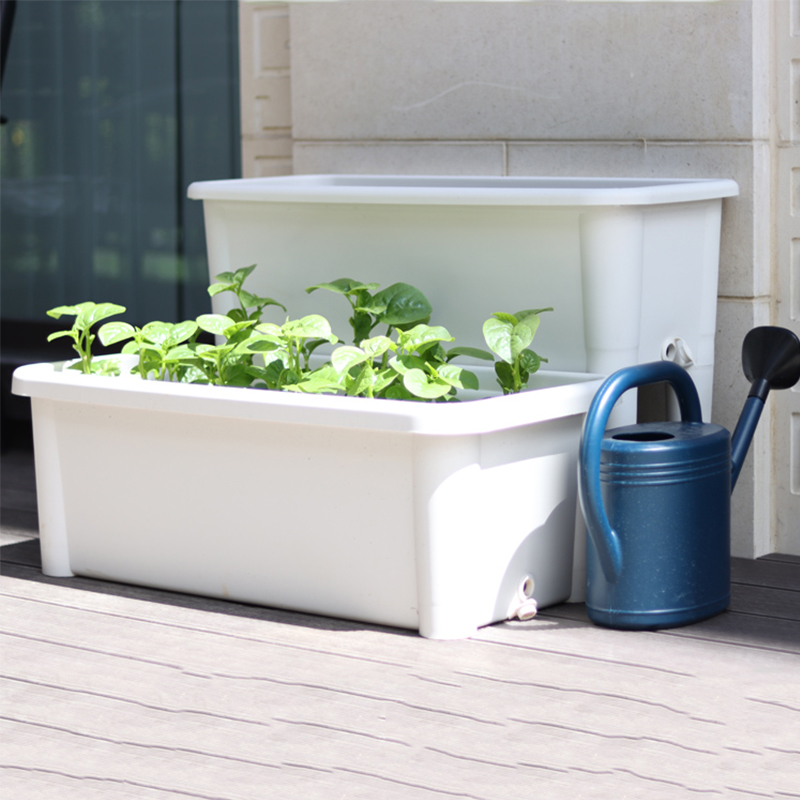Choosing the right pot size for your plants is a crucial step in ensuring healthy growth and longevity. When the pot is too small, roots can become cramped, pilot to stunted growth and poor plant health. Conversely, an excessively large pot may retain too much moisture, increasing the risk of root rot. Understanding how to match pot size to plant root systems can help gardeners and plant enthusiasts create an environment that supports thriving greenery.

One common area where this principle applies is when selecting big coloured plant pots for decorative or functional purposes. These pots are often chosen for their aesthetic appeal, bringing vibrant colors to gardens or indoor spaces. However, it is important not to let the appearance of a pot overshadow its suitability for the plant’s root system. A large pot may seem attractive, but if the plant’s roots are small and shallow, planting it in an oversized pot can cause water to pool and soil to stay wet for too long.
In garden settings, combining big coloured plant pots with decorative garden fencing plastic elements can create beautiful outdoor arrangements. The fencing adds structure and boundaries while the pots contribute bursts of color and life. But no matter how stunning the overall design, the health of each plant depends significantly on the harmony between pot size and root growth.
The type of plant also plays a big role. Trees, for example, require pots that accommodate more extensive root systems. When growing trees in containers, many gardeners turn to biodegradable pots for trees. These pots not only provide ample space for roots but also break down naturally over time, allowing roots to extend into the surrounding soil if planted directly in the ground. Choosing biodegradable pots for trees ensures that the plant’s root system can expand without restriction while offering an environmentally friendly alternative to plastic containers.
Matching pot size to the root system begins with assessing the current root ball. For young plants or seedlings, smaller pots are appropriate to avoid excess soil that can trap moisture. When using big coloured plant pots for these smaller plants, it may be necessary to add layers of lightweight material at the bottom to reduce volume or choose inserts that help control water retention.
For more mature plants with established root systems, the pot size should be larger but still proportional. A good rule of thumb is to select a pot that provides at least two inches of extra space around the root ball. This space allows roots to grow and spread without being overwhelmed by excess soil. Large pots, including big coloured plant pots, offer room for growth, but should be chosen carefully with the plant’s needs in mind.
In outdoor garden projects, combining decorative garden fencing with well-sized pots can improve both the aesthetics and function of the space. The fencing helps protect plants from pests or accidental damage while offering a neat, organized look. When paired with pots that suit the root systems of the plants inside them, the garden environment can be balanced and inviting.
Another important factor is the drainage system of the pot. Whether it is a big coloured plant pot or a simple biodegradable container, proper drainage prevents waterlogging and root suffocation. For gardeners who use biodegradable pots for trees, ensuring holes or permeable material in the pot walls helps roots receive the oxygen they need and prevents the soil from becoming overly saturated.
When selecting pots for trees or larger shrubs, gardeners should also consider how long the plant will remain in the pot. Temporary housing often calls for biodegradable pots for trees, which can be planted directly into the ground. This approach causes less root disturbance and helps the tree adjust more easily to its permanent location. On the other hand, big coloured plant pots might be preferred for decorative, permanent placements where aesthetics are a priority, as long as the root space matches the plant's requirements.
In summary, matching pot size to the plant root system involves balancing several factors: plant type, root size, drainage needs, and intended use of the pot. Whether you are using big coloured plant pots to brighten a patio, integrating decorative garden fencing plastic to enhance garden structure, or opting for biodegradable pots for trees to support healthy root expansion, thoughtful pot selection is key.
Choosing the right pot size fosters a healthy root environment that supports plant growth, reduces the risk of disease, and contributes to the overall appearance of your garden or indoor space. Paying close attention to the relationship between root systems and pot dimensions helps ensure that your plants receive the space and care they need to flourish, no matter the setting.

 English
English 日本語
日本語 Español
Español Deutsch
Deutsch عربى
عربى

